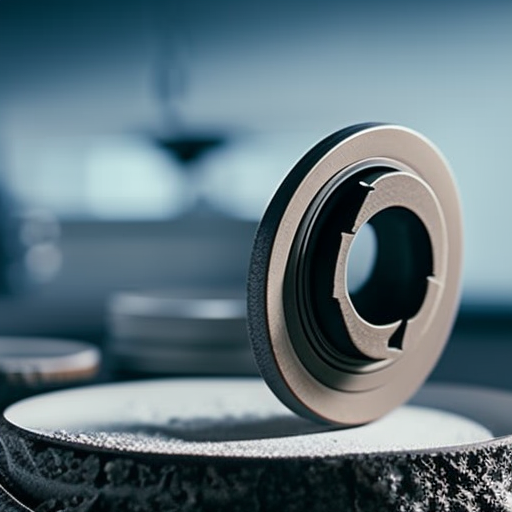Ceramics: A Comprehensive Overview
Ceramics are a broad category of materials that are known for their ability to withstand high temperatures, resist corrosion, and provide excellent electrical insulation. They have been used for thousands of years in various applications, ranging from pottery and art to advanced engineering and electronics. This summary provides a comprehensive overview of ceramics, including their composition, properties, manufacturing processes, and applications.
Composition and Types of Ceramics
Ceramics are primarily composed of inorganic materials, such as clay, silica, alumina, and zirconia. These materials are mixed together and then subjected to high temperatures to form a solid, rigid structure. Depending on their composition and properties, ceramics can be classified into several types, including earthenware, stoneware, porcelain, refractories, and technical ceramics.
Properties of Ceramics
Ceramics possess a unique combination of properties that make them suitable for a wide range of applications. They are known for their high melting points, hardness, and stiffness. Ceramics also exhibit excellent thermal and electrical insulation properties, as well as resistance to wear, corrosion, and chemical attack. However, they are generally brittle and have low tensile strength, which limits their use in certain applications.
Manufacturing Processes
The manufacturing processes for ceramics vary depending on the type and desired properties of the final product. The most common method is shaping the ceramic material through techniques such as molding, extrusion, or pressing. After shaping, the ceramic is typically dried and then fired at high temperatures to achieve the desired strength and density. Additional processes, such as glazing or coating, may be applied to enhance the surface properties of the ceramic.
Applications of Ceramics
Ceramics find applications in a wide range of industries due to their unique properties. In the field of engineering, ceramics are used for manufacturing cutting tools, bearings, and engine components that require high wear resistance and thermal stability. In the electronics industry, ceramics are used for manufacturing insulators, capacitors, and substrates for electronic devices. Ceramics are also widely used in the medical field for manufacturing dental implants, bone substitutes, and prosthetics due to their biocompatibility and resistance to corrosion.
Recent Advances in Ceramics
In recent years, there have been significant advancements in the field of ceramics, leading to the development of new materials with enhanced properties. For example, researchers have been able to produce ceramics with improved toughness and fracture resistance by introducing reinforcing fibers or nanoparticles into the ceramic matrix. These advanced ceramics, known as ceramic composites, have found applications in aerospace, defense, and automotive industries.
Challenges and Future Directions
Despite their numerous advantages, ceramics face certain challenges that limit their widespread use. The brittleness of ceramics makes them susceptible to cracking and failure under mechanical stress. Researchers are actively working on developing new processing techniques and materials to overcome these challenges and improve the mechanical properties of ceramics. Additionally, efforts are being made to further enhance the electrical and thermal properties of ceramics for applications in renewable energy, such as solid oxide fuel cells and thermal barrier coatings.
In conclusion, ceramics are a diverse group of materials with unique properties that make them suitable for a wide range of applications. They are composed of inorganic materials and are known for their high temperature resistance, corrosion resistance, and electrical insulation properties. Ceramics are used in various industries, including engineering, electronics, and medicine. Recent advancements in ceramics have led to the development of new materials with improved properties. However, challenges such as brittleness still exist, and ongoing research aims to overcome these limitations and explore new applications for ceramics in the future.












